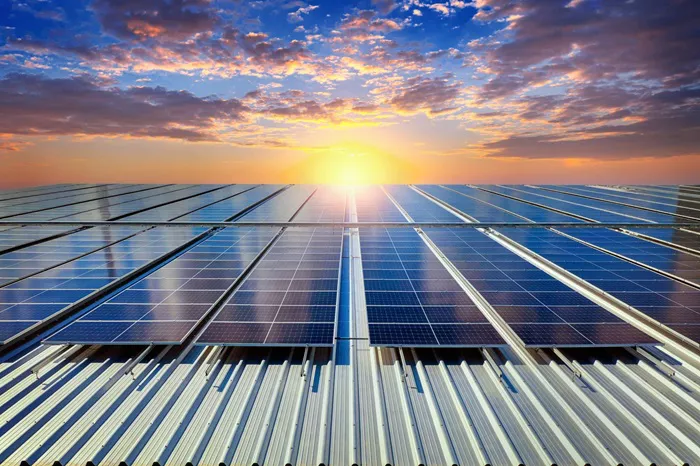Dr. John Sampson, a professor at Johns Hopkins University, has spent years working with medical teams across West Africa. He’s seen firsthand the struggles healthcare workers face when the power goes out during surgeries or when patients suffer due to a lack of oxygen. One moment that stands out is from a 2016 training session at Bo Government Hospital in Sierra Leone, where Dr. Sampson was training nurse anesthetists to use a Universal Anesthesia Machine (UAM), a device designed to provide oxygen even during power outages.
Sierra Leone’s government had bought 41 of these UAMs, which are meant to ensure oxygen supply during surgeries even when the power goes out. During the training, Dr. Sampson needed to simulate a power failure so that the nurses could practice using the reserve oxygen. But the power outage lasted for over two weeks, leaving the hospital in total darkness.
“We had to simulate a power failure while having no power,” Dr. Sampson recalled.
This August, the hospital’s situation began to change. Bo Government Hospital launched a new solar power system that ensures reliable electricity for all its major clinical areas, including the operating theater, 24/7. The new solar installation will also support a medical-grade oxygen plant, which the Ministry of Health plans to build.
The benefits have been immediate. Surgeons can now perform operations at night without interruptions, cold-chain medications can be stored reliably, and staff morale has improved. The hospital serves over 660,000 people, and medical workers say the changes are making a big difference.
“It’s been a big relief,” said Dr. Osman Kakay, the hospital’s medical superintendent. “We no longer face late-night outages or use cell phone light during surgeries. I’ve been getting peaceful sleep!”
Dr. Kakay explained that the biggest challenge for the hospital wasn’t medical staffing or training but infrastructure issues like power and oxygen shortages, as well as difficulty accessing medical supplies. “In the U.S., electricity is still taken for granted,” he said.
The solar power project is part of a larger initiative called the Africa Infrastructure Relief and Support (AIRS) project. AIRS is a collaboration between the Society of Critical Care Medicine, the Johns Hopkins Global Alliance of Perioperative Professionals, and the Institute of Global Perioperative Care. Dr. Sampson founded both of the latter organizations.
With a $5.5 million grant from Direct Relief, AIRS is working to provide reliable power and medical oxygen to hospitals in Sierra Leone, Liberia, and The Gambia. The project also includes training for workers who will maintain these systems in the long term.

